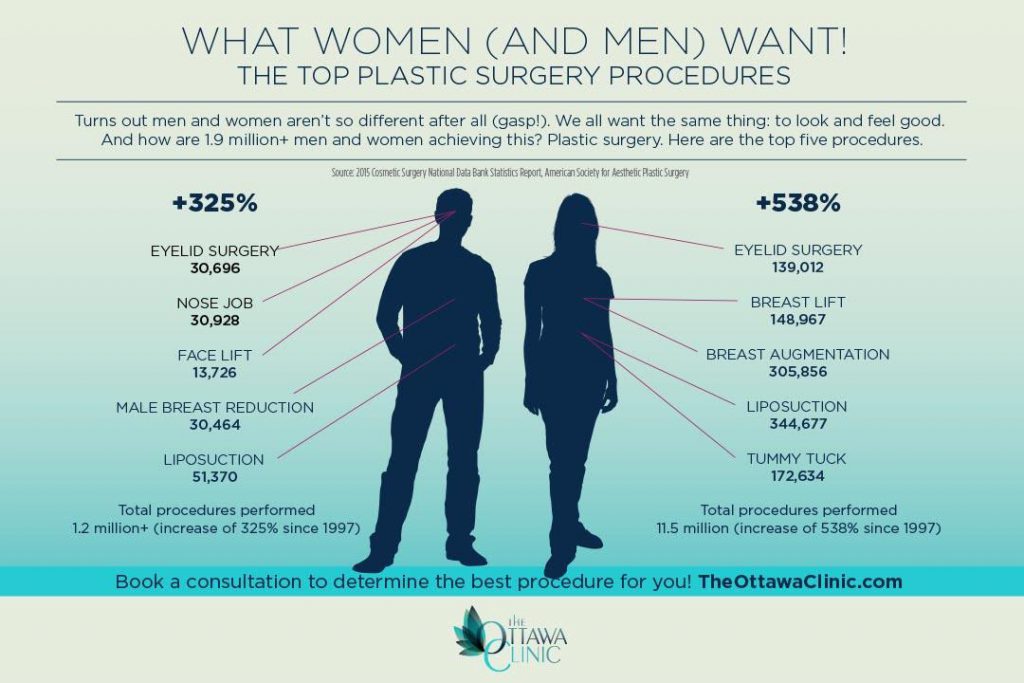Cystic acne is a serious type of pimples. Unlike other types, these bumps are rooted deeper within the skin's surface area and can not be treated with non-prescription items.
Do not pop or pick at cystic acne, as this can introduce bacteria into the pores, slow-moving recovery and boost scarring. Instead, follow these home remedies for treating cystic acne.
Ice
Cystic acne is just one of one of the most serious types of pimples. It's rooted deep under the skin, unlike the more usual blackheads and whiteheads that rest closer to the surface area of the skin. These acnes can be particularly challenging to treat without causing added damages to the skin.
A cold compress can help reduce a cystic acne pimple by tightening blood vessels. To use this therapy, cover ice cubes in a cloth or paper towel, after that relate to the skin in increments of 20-30 seconds several times throughout the day. Make certain not to touch the ice straight to your skin, as this can trigger frostbite.
In addition to a cold compress, using a gentle cleanser that doesn't aggravate your skin can additionally help reduce breakouts. If you find that your skin reacts to specific foods, avoiding them may be another means to regulate acne. Lastly, getting enough rest is crucial to a healthy and balanced complexion, as absence of sleep can really contribute to acne flare-ups.
Aspirin Mask
Pain killers is not clinically verified to treat acne, yet the acetylsalicylic acid in it can assist alleviate it. It's a main ingredient in non-prescription salicylic acid items that are targeted particularly at treating acne.
It's also a fantastic exfoliant, which is a necessary action to clean up any kind of skin issue. Mix crushed pain killers with simply enough water to make a paste, and use it to your imperfections. Leave it on for 10 to 15 minutes, and wash it off with a mild cleanser.
You can likewise include a glob of honey to this mask for its antibacterial and antimicrobial homes. This will assist to hydrate the skin, which is necessary considering that salicylic acid can be drying for some individuals.
If you have oily skin, try including some non-comedogenic oils to the mix. Ylang ylang, cedarwood, and wheat germ oils all have buildings that may aid to stabilize oil secretion, which can cause acne.
Vinegar Cleanser
There's a reason apple cider vinegar is a staple in many Byrdie editors' item cabinets: It works at zapping pesky zits. The acetic acid in the vinegar eliminates germs and assists restore the skin's all-natural pH balance, which might assist protect against future outbreaks.
Apply the combination directly to cystic acne places, or try mixing it with water and utilizing it as a face laundry. You can additionally use it as a skin printer toner, which will tighten pores and maintain the skin looking healthy.
An additional tried-and-true natural home remedy for acne is tea tree oil, which has antimicrobial properties that can reduce the amount of microbial accumulation inside a pimple and reduce it. Weaken the oil with a carrier oil, such as coconut or jojoba oil, and add it to your skin care routine. One more handy component for cystic acne is turmeric, which subjugates inflammation and infection. Try using a paste of the spice to cystic acnes.
Turmeric Mask
Turmeric's anti-inflammatory website residential properties help reduce inflammation and eliminate acne-causing bacteria, while its skin-brightening elements can level discoloration gradually. It additionally provides nutrients for drier skin. To use, mix with each other turmeric powder and raw honey to create a thick paste that's spread over your tidy face, avoiding the eyes and lips. Leave on for 10-15 minutes prior to rinsing with warm water, utilizing round motions while rubbing to scrub.
We tapped two board-certified skin doctors (Jennifer Herrmann, MD and Joshua Zeichner, MD) and a top star esthetician (Angela Caglia, owner of Angela Caglia Skin care) to reveal their finest in-office therapies to get rid of cystic acne-- those annoying under-the-surface bumps that create redness, swelling and pain. From do it yourself dishes to quick in-office treatments, these specialists provide their best remedies.
